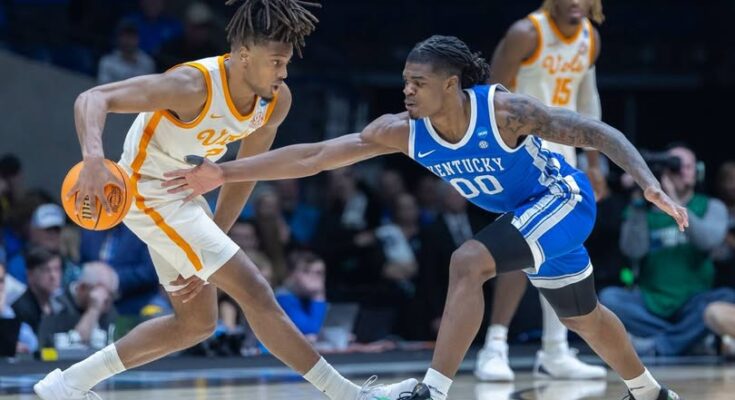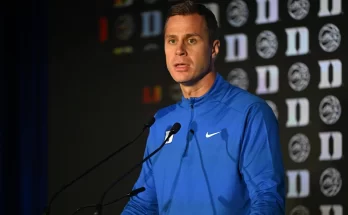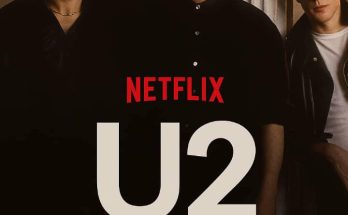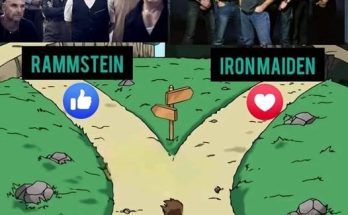Mark Pope’s arrival as the head coach of the University of Kentucky basketball program sparked both excitement and uncertainty. A former Wildcat himself and a coach with a reputation for innovation and player development, Pope stepped into one of the most high-pressure roles in college basketball following the departure of John Calipari. While many in Big Blue Nation embraced the change with hope, not everyone shared the same optimism—especially two top recruits who ultimately decided not to enroll at Kentucky. Their decisions shed light on the complex and differing perceptions surrounding Pope’s coaching philosophy and approach to building a new era in Lexington.
The two recruits, both highly touted and initially committed during the Calipari era, evaluated their futures under Pope’s leadership with careful scrutiny. Though neither made disparaging public statements, behind-the-scenes sentiments began to emerge that painted a nuanced picture of why they decided to move on. These perceptions weren’t rooted in a lack of respect for Pope’s basketball intellect or leadership but rather in questions about how their personal goals aligned—or didn’t—with his evolving vision for the program.
One recruit, a five-star forward known for his explosive athleticism and versatility, reportedly had reservations about how he would be utilized in Pope’s offensive system. Pope’s offense, often rooted in pace-and-space principles and heavy emphasis on outside shooting, diverged considerably from the style he had been expecting to play at Kentucky. Under Calipari, the promise of showcasing physical dominance, slashing ability, and NBA-ready isolation sets was a key selling point. Pope, however, places significant value on floor spacing, off-ball movement, and perimeter-oriented schemes—tactics that are both modern and effective but not necessarily a match for every player’s skill set.
For this forward, the shift signaled a possible clash between his strengths and the system he would be stepping into. Concerns were reportedly raised by those in his inner circle about how much he would be asked to play away from the rim, how many touches he’d receive in isolation situations, and whether he’d be featured as the go-to option. While Pope has had success developing players who thrive in a team-first, motion-heavy environment, the question became whether this recruit would be optimized or constrained in such a system.
The second recruit—a dynamic guard with elite scoring instincts—expressed different concerns, centered more on the program’s direction under Pope rather than system-specific issues. From what has been gathered, his apprehension stemmed from Pope’s relative inexperience with managing the expectations and infrastructure that come with running a blue-blood like Kentucky. While Pope’s coaching résumé includes impressive achievements at Utah Valley and BYU, he hadn’t yet demonstrated how he would navigate the pressure cooker of Lexington, where national championships aren’t just hopes—they’re demands.
For this guard, it wasn’t just about the X’s and O’s. It was about the spotlight, the branding, and the opportunity to catapult into the NBA from one of college basketball’s most visible platforms. There was skepticism, perhaps not directly about Pope’s ability, but about the program’s immediate trajectory. Could Pope maintain Kentucky’s status as a premier launching pad for one-and-done talent? Would the support staff, facilities, training regimen, and media exposure remain elite during this transitional period? These are critical questions for top-tier recruits whose careers hinge on exposure and rapid development.
The timing of Pope’s hiring also played a role. Recruits who had committed under the previous regime were now faced with a dramatically different leadership style and philosophy. Calipari was known for his magnetic personality, relentless recruiting approach, and unparalleled track record of getting players to the NBA. Pope, while charismatic and respected, is fundamentally different. He speaks more to long-term development, to culture-building, and to molding cohesive teams rather than just assembling the most talent possible.
To many fans, that’s refreshing. They see Pope’s approach as a necessary reset, a departure from the one-and-done machine that, while successful at times, often fell short of team chemistry and tournament consistency. But for certain recruits, particularly those with NBA timelines in mind, it adds an element of uncertainty. Pope’s appeal may resonate more with players looking to grow within a team dynamic over two to three years rather than those focused solely on a single year of individual spotlight.
There’s also the question of communication. Transition periods in coaching often come with a learning curve in how expectations and roles are presented to incoming players. One of the concerns that emerged was that the clarity around roles under Pope wasn’t as sharp as some recruits expected. Whether due to the natural whirlwind of taking over a high-profile program or the need to build new relationships quickly, there were reports of misalignment in vision between the staff and certain recruits. Some players crave detailed, specific development plans from day one—plans that tell them exactly how they’ll be featured, how they’ll improve, and how quickly they’ll reach the next level. Without that level of detail, even the most talented coaches can struggle to earn early buy-in from elite prospects.
Still, it’s important to note that not all recruits share these concerns. In fact, Pope has already landed significant commitments, including players from the transfer portal and new high school prospects who fully embrace his approach. Several players have publicly praised his passion, his honesty, and his vision for the program. Some transfers have even cited Pope’s offensive system as a key reason for joining the Wildcats, believing it will allow them to showcase their skills in ways they hadn’t previously. This contrast underscores that the perception of Pope’s coaching style is far from universally negative—it’s just not universally aligned with every player’s individual goals.
In many ways, this is the natural friction that comes with any coaching transition, especially one as high-profile as Kentucky’s. Players, especially top recruits, choose schools for specific reasons. When those reasons change—be it the coach, the system, or the vision—some level of fallout is inevitable. What’s more telling, however, is how those perceptions evolve over time. If Pope’s system proves successful, if player development under his watch leads to wins and NBA draft picks, the narrative could shift quickly. Future recruits may begin to view Pope not as an unproven successor but as a transformative leader redefining Kentucky basketball on his own terms.
For now, though, the differing perceptions among the two recruits who opted out reflect the broader uncertainty that can accompany change. One saw system fit as a potential hurdle. The other questioned program trajectory and development infrastructure. Neither accused Pope of incompetence; their departures weren’t out of spite. Rather, they were calculated decisions based on personal ambitions and the belief that another program might better serve those ambitions at this point in their careers.
Mark Pope faces the formidable task of redefining Kentucky’s basketball identity while retaining its championship expectations. That balance will not be easy. He must prove he can win now while also building something sustainable. Recruits will come and go, but the foundation he builds with those who do buy in will ultimately determine his success.
Kentucky fans are passionate, informed, and historically demanding. They want results, but many also crave a style of play that reflects unity, effort, and tactical sophistication. If Pope can deliver that while also developing players for the next level, the initial hesitations from early departures will fade into footnotes.
For now, those two recruits’ decisions to walk away serve as a reminder that every coaching hire, no matter how well-received, comes with growing pains. The good news for Pope is that his plan is clear, his voice is steady, and the program he loves is now in his hands. The challenge, as always in Lexington, is living up to the weight of the blue and white jersey—and proving that Kentucky basketball, under his guidance, is still the dream destination it has always claimed to be.



